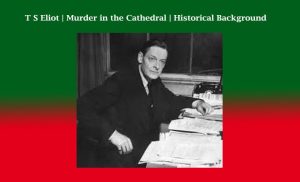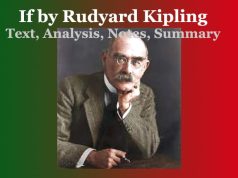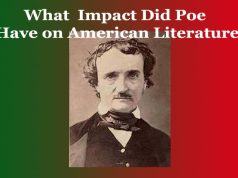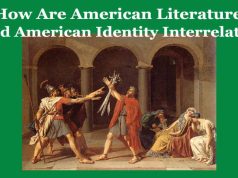T S Eliot | Murder in the Cathedral | Historical Background
T S Eliot | Murder in the Cathedral | Historical Background
Introduction:
T.S. Eliot’s play “Murder in the Cathedral” is a profound theatrical work that delves into historical events and the complex socio-political landscape of its time. Set in the 12th century, the play centers around the murder of Thomas Becket, the Archbishop of Canterbury, in 1170, in Canterbury Cathedral. To understand the historical background of the play, it’s crucial to explore both the life of Thomas Becket and the socio-political context of the era. The historical background of the play may be discuss as under.
Thomas Becket and his Relationship with King Henry II:
Thomas Becket, a close friend and chancellor to King Henry II, became Archbishop of Canterbury in 1162. Initially, Becket and Henry were allies, but Becket’s transformation from a royal chancellor to a zealous defender of the Church’s independence led to a bitter rift between the two. This struggle between secular and religious powers became a focal point in England’s political landscape.
The Conflict between Church and State:
At the heart of “Murder in the Cathedral” lies the conflict between the Church and the State. Becket’s insistence on protecting the Church’s rights clashed with Henry’s desire to exert control over the clergy. The play reflects this tension, highlighting the struggle for power and the clash of allegiances between religious and political authorities.
The Constitutions of Clarendon and Becket’s Exile:
The Constitutions of Clarendon in 1164 sought to define the relationship between the Church and the State in England. This legislation aimed to limit the power of ecclesiastical courts and assert the authority of the king over clerical matters. Becket’s refusal to agree with these statutes led to his exile in France for six years.
Becket’s Return and the Murder:
Upon Becket’s return in 1170, tensions between him and King Henry remained high. Becket excommunicated bishops who had supported the king against the Church, further aggravating the conflict. This culmination of events eventually led to Becket’s murder by four knights inside Canterbury Cathedral on December 29, 1170.
The Impact of Becket’s Death:
Thomas Becket’s murder shocked Europe and sparked widespread outrage. His death made him a martyr in the eyes of the Church, and his shrine in Canterbury Cathedral became a pilgrimage site. The events surrounding Becket’s life and death remained a significant historical episode, leading to his canonization as a saint by the Catholic Church.
Eliot’s Depiction in ‘Murder in the Cathedral’:
T.S. Eliot‘s play meticulously captures the essence of the historical events surrounding Becket’s life and death. It delves into the internal struggles faced by Becket, his spiritual dilemmas, and the political turmoil of his time. Eliot’s portrayal of Becket as a complex and multifaceted figure reflects the historical tensions and the moral conundrums of the era.
Conclusion
Etliot’s “Murder in the Cathedral” stands as both a historical and a deeply philosophical play, exploring the timeless themes of power, sacrifice, and the clash between worldly and spiritual authority. Through Eliot’s lens, the play magnifies the historical significance of Thomas Becket’s life and death, offering a profound exploration of power, martyrdom, and the enduring struggle between Church and State. 0 0 0.
T S Eliot Murder in the Cathedral Historical Background
You May Like:







